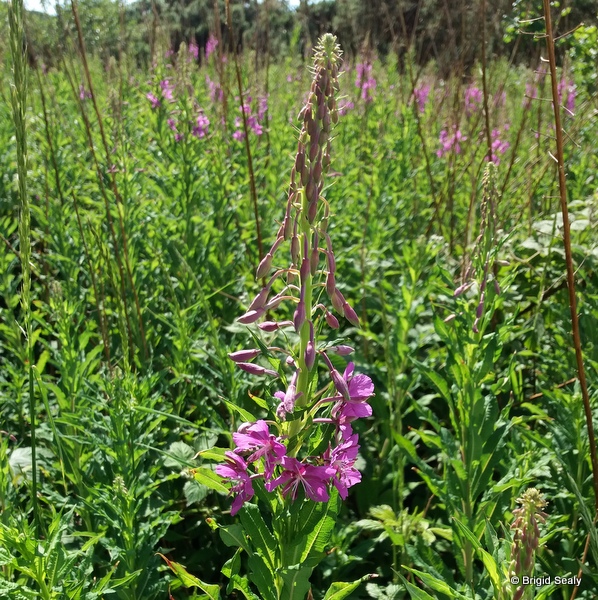
This impressive, tall pink flower often grows on roadsides and the verges of motorways, giving a welcome splash of colour

This impressive, tall pink flower often grows on roadsides and the verges of motorways, giving a welcome splash of colour
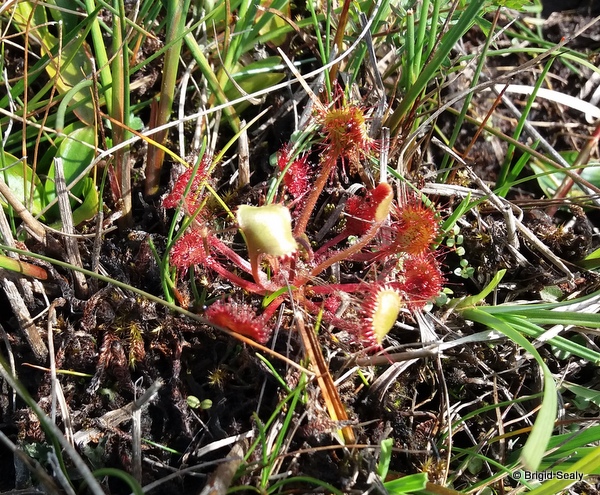
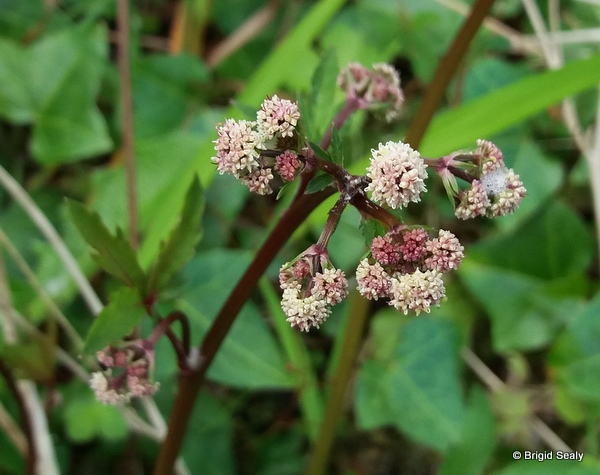
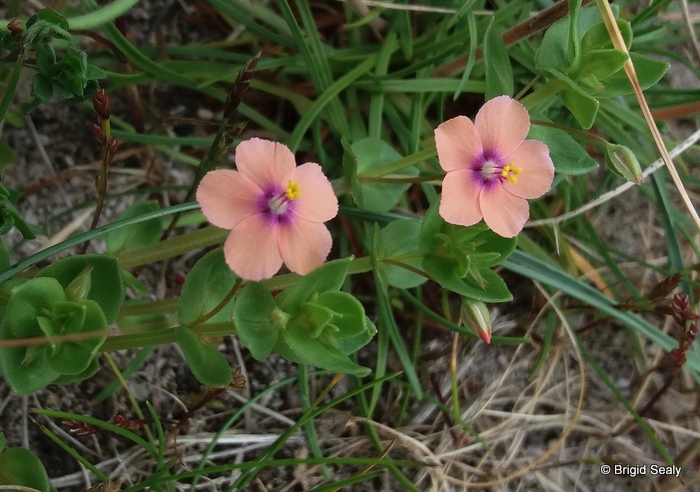
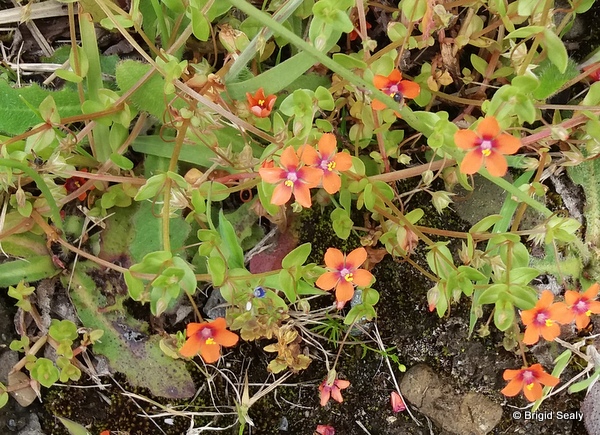
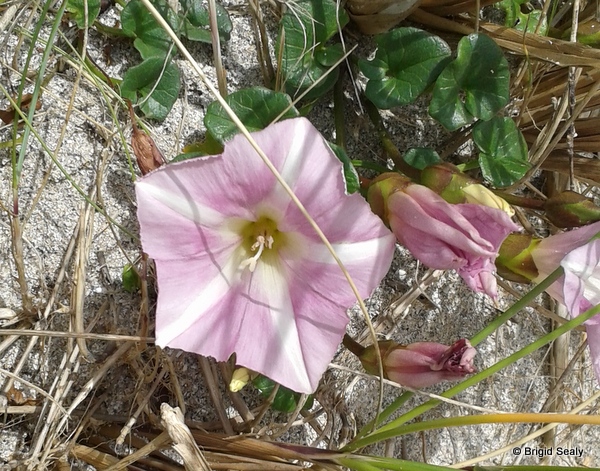
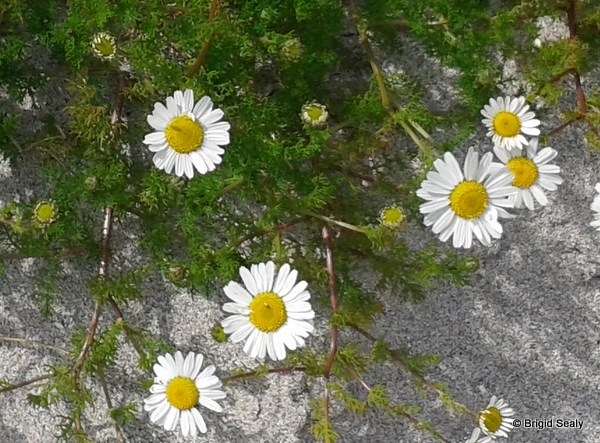
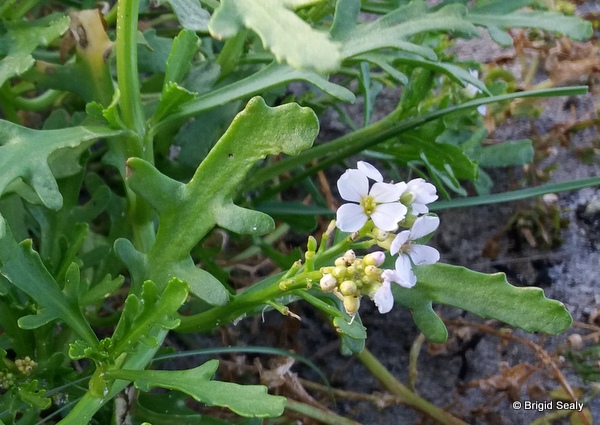
During a rare heatwave in Connemara, I popped down to the beach at Fountainhill, near Claddaghduff, where I photographed this pretty little flower, which is easily recognised as a member of the cabbage family, or Brassicaceae. Its fleshy leaves allow it to survive in salty conditions, and even grow on bare sand
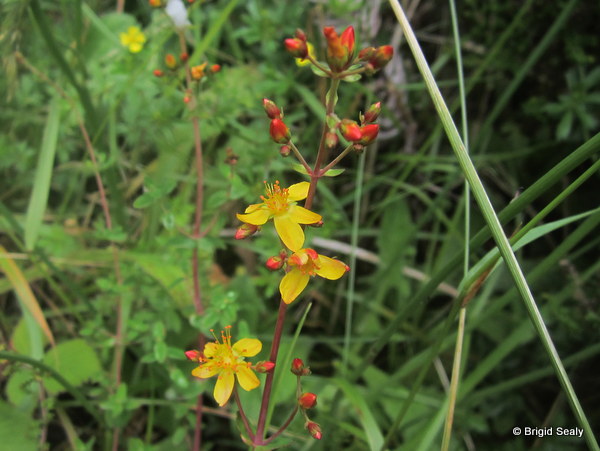
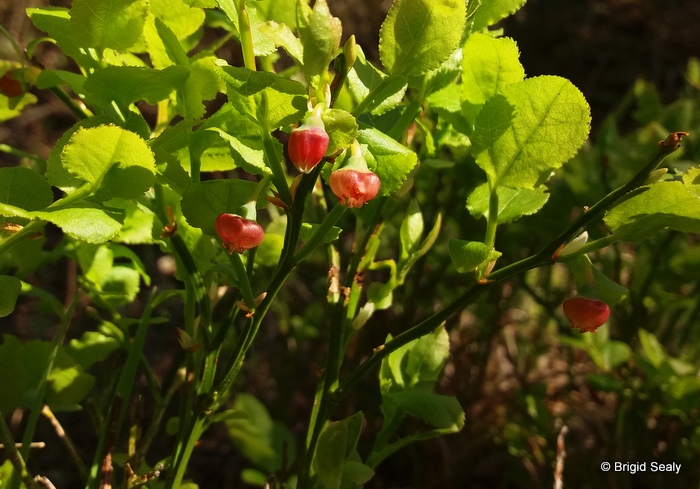
Bilberries are similar to blueberries and are known as frochans/fraochán in Ireland. The small, reddish flowers are hard to spot as they hang down beneath the leaves. Traditionally, frochans were gathered on the hillsides on “Frochan Sunday” at the end of July. I haven’t come across many bilberry plants in Connemara. This one is growing on a wooded river-bank near Clifden. I will return in the summer to see if there are any berries.
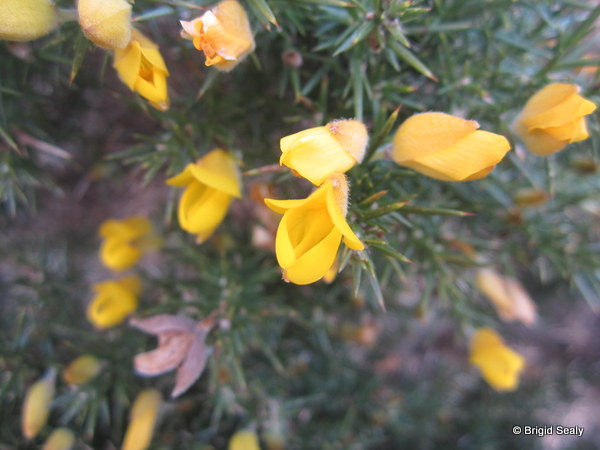
The Gorse bushes have flowers all year round in Connemara, and we really appreciate them in these dark days of winter. There is an old proverb “When gorse is out of blossom, kissing’s out of fashion”, since gorse is always in blossom. When the sun shines, the flowers have a delicious coconut-like smell. Unfortunately the bushes are extremely prickly, and woe betide anyone who falls into one as I did once as a child!
Platanthera bifolia
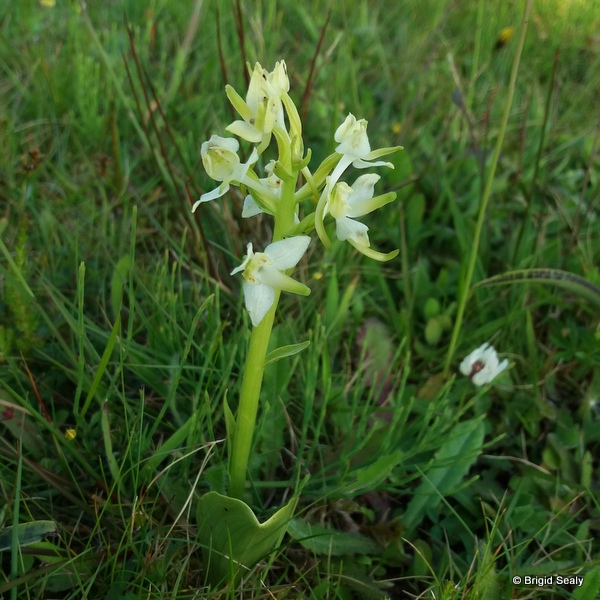
The first time I saw this orchid was in South Connemara when I went to take my niece on a day out from Irish College. We went to the beautiful Coral Beach (Trá an Dóilín) near Carraroe and I was rewarded with an amazing selection of wild flowers growing on the sandy machair grassland in between the massive rocks which litter the South Connemara landscape. Today I found one in my own garden, in part of the lawn that we have allowed to grow and go wild.
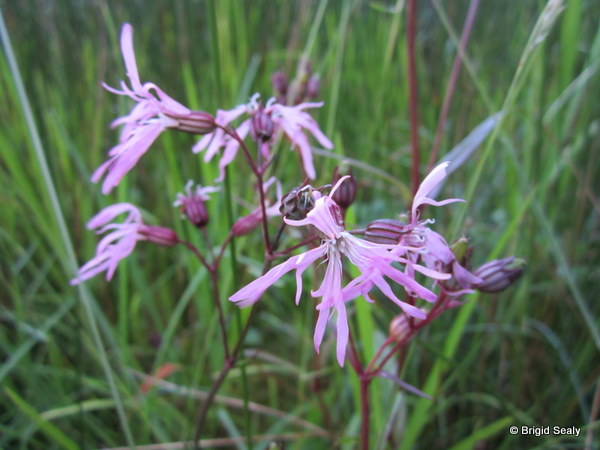
This is one of my favourite flowers. In early summer it gives a wonderful colour to the damp Connemara fields, as well as my own lawn, which I leave uncut as long as possible, in order to enjoy the wild flowers.

This plant is much larger than a lot of the flowers on this site, growing up to 70cm in height. It has large yellow flowers, which go on to develop into striking red berries which turn black.
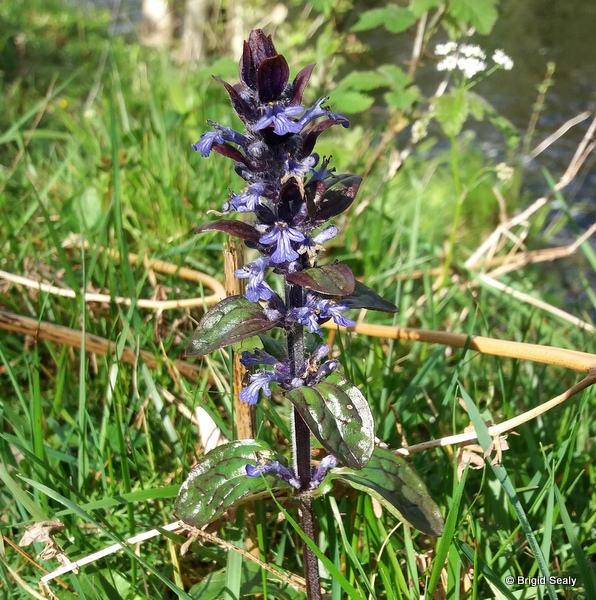
Bugle has attractive small blue flowers growing in tall(ish) spikes. I photographed this one on the bank of the Owenglin river, near Clifden. It also grows quite prolifically in the lawn of my garden.
There are several closely related varieties of Vetch, easily recognisable as a member of the pea family. I believe I have correctly identified this as the Bitter Vetch. Here in Connemara it doesn’t seem to be as common as the Bush Vetch and Tufted Vetch; I have seen it on a quiet lane in Moyard, and also near the Owenglin river outside Clifden.
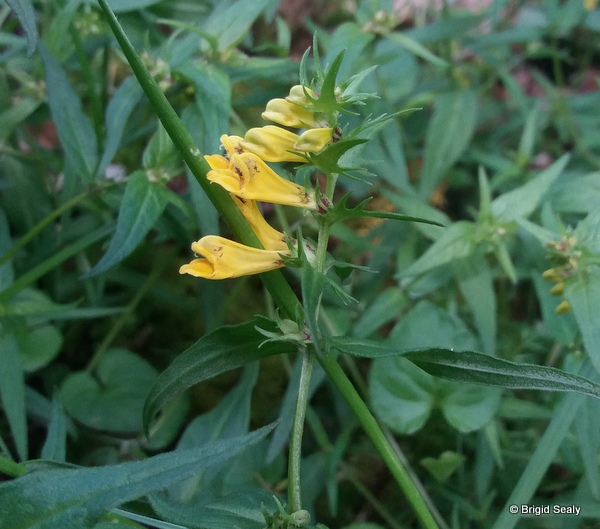
This attractive little flower forms a carpet under the trees in the oak woods that grow along the banks of the Owenglin River just outside Clifden.
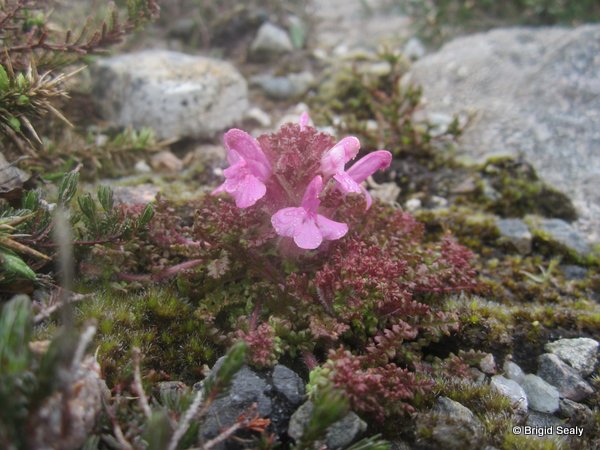 This unusual-looking flower is easy to spot on the bogs and hillsides of Connemara. It is partially parasitic, and gets its nutrients by attaching to the roots of other plants such as heather. It is a much smaller plant than its rarer cousin, the Marsh Lousewort. It was once associated with lice in the livestock that graze the mountains, hence its rather unappealing name!
This unusual-looking flower is easy to spot on the bogs and hillsides of Connemara. It is partially parasitic, and gets its nutrients by attaching to the roots of other plants such as heather. It is a much smaller plant than its rarer cousin, the Marsh Lousewort. It was once associated with lice in the livestock that graze the mountains, hence its rather unappealing name!
I noticed the first of the Wild Strawberry flowers on our lane today. The flowers are easy to spot as they appear before the rampant summer growth of the hedgerows which tend to hide the tiny strawberries when they appear in early summer, as you can see in the picture below. Wild Strawberries have a delicious flavour, which is much more intense than the cultivated varieties. They are best eaten straight off the bush, while still warm from the sun.
The blackthorn is a viciously spiky shrub that grows abundantly in Connemara. At this time of year, the delicate white flowers look almost like a sprinkling of snow along the hedgerows. There is a delightful description in my ancient copy of The Observer’s book of Trees and Shrubs of “the pure white starry blossoms that brave the cold blasts before the leaf-buds dare unfurl their coverings”. In late summer and autumn, the blackthorn produces its dark purple fruit, known as sloes. These are far too bitter to eat, but can be used to make jellies, or, even better Sloe Gin, a delicious sweet liqueur with a rich dark red colour, which will be ready just in time for Christmas.